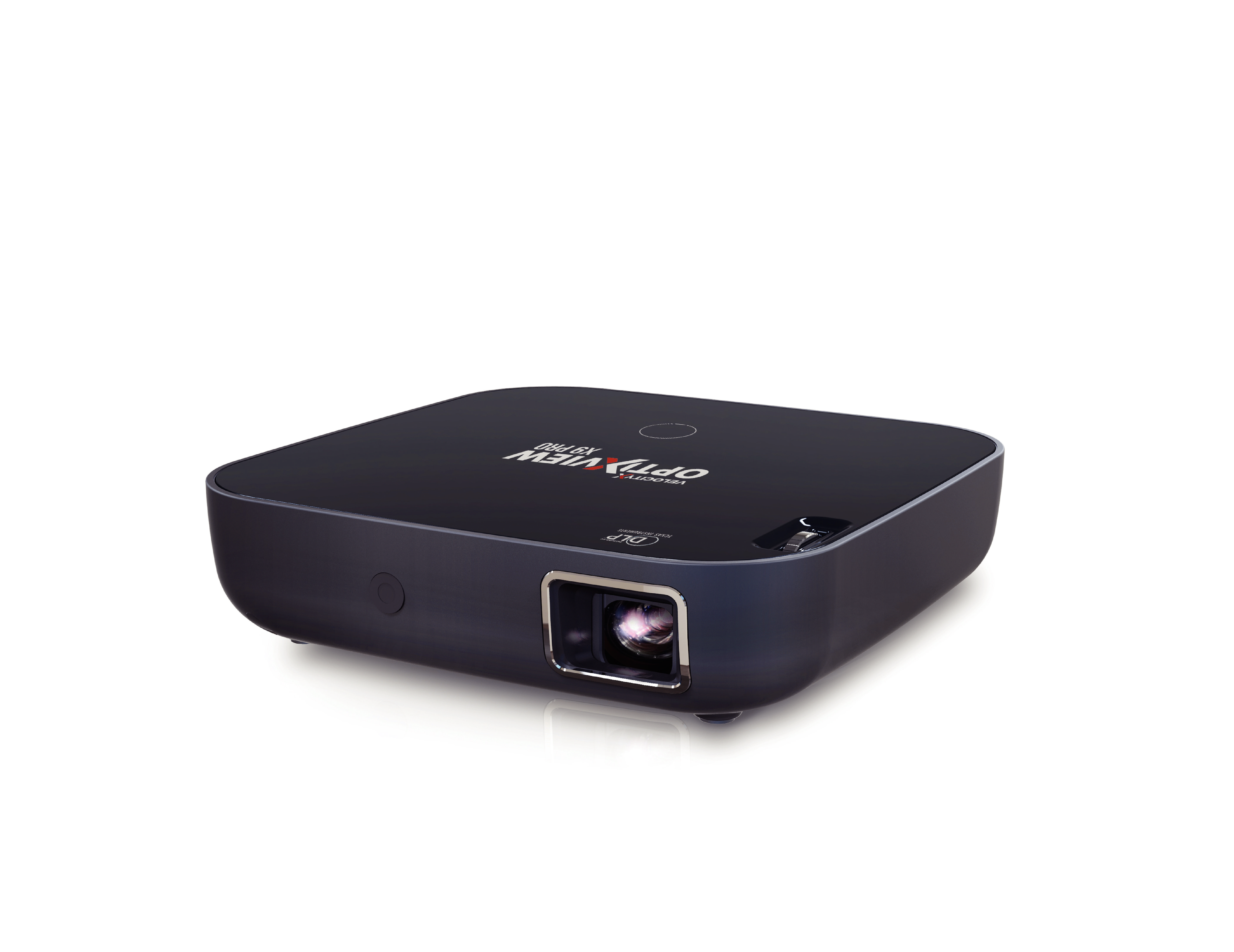

- Diamond v stream wireless reviews 720p#
- Diamond v stream wireless reviews 1080p#
- Diamond v stream wireless reviews install#
- Diamond v stream wireless reviews drivers#
- Diamond v stream wireless reviews software#

The laptop we used (a 13″ MacBook running Windows 7) packs a 2GHz Core 2 Duo, however, which places it a little below Diamond’s recommended spec. We also noticed some banding in low-contrast gradients that wasn’t in the original video stream. From across the room, the video quality appeared decent, and the frame rate remained smooth overall, save for occasional and brief bouts of choppiness.
Diamond v stream wireless reviews 720p#
We first put the VStream to the test by playing a 720p H.264 video on a 720p Samsung LCD TV-likely a good representation of what typical users might do. The device’s audio component shows up in Windows as a generic USB audio device. While a normal HDMI connection is able to carry as many as eight audio channels in a variety of formats, the VStream’s audio output capabilities are limited to 16-bit, 48kHz stereo. Once everything is set up, Windows essentially treats the VStream like an auxiliary display adapter, and it offers the usual array of multi-display options-mirroring, extending, and so forth.Īudio signals can be passed wirelessly, too.
Diamond v stream wireless reviews software#
The software might pop up an auto-update request after it’s installed, but that only takes a minute.
Diamond v stream wireless reviews install#
Get everything powered up, install the required drivers, let the displays flash on and off a few times, and you’re good to go. The other dongle plugs into the base station, as do the DC power cord and HDMI cable. The L-shaped USB dongle goes into the desired PC or laptop. Getting the VStream WPCTV1080H up and running doesn’t involve much effort. Sprinkle on some Wireless USB goodness in the form of a pair of dongles, and voilà that boring old cable has been replaced by a wireless link with a maximum range of 30 feet. In spite of the Diamond logo on the box, a DisplayLink chip lurks inside the base station. The VStream WPCTV1080H is simply a new take on the same concept. If the notion of pushing video content over USB sounds familiar, it might be because DisplayLink has been selling adapter chips that do exactly that for years. (An operating system not named after a cat, you say? How terribly unsophisticated.)
Diamond v stream wireless reviews drivers#
The included drivers only work on Windows, so Mac users need not apply… unless they’ll be loading up Windows via Boot Camp. That rules out netbooks and underpowered ultraportables, but today’s full-sized consumer laptops and modern desktops should have more than enough horsepower.
Diamond v stream wireless reviews 1080p#
Specifically, Diamond recommends the use of at least a 2.4GHz Core 2 Duo-an AMD equivalent should do-for an optimal 1080p experience with the VStream. WiDi, as it’s known, works only with certain combinations of Intel processors and Wi-Fi cards, whereas Diamond’s solution requires little more than a free USB 2.0 port and a processor quick enough to do the job. This adapter’s $119.99 asking price might seem onerous compared to a generic HDMI cable, but it’s not much pricier than adapters for Intel’s Wireless Display technology. The Diamond VStream WPCTV1080H adapter we’ll be looking at today promises to augment just about any reasonably quick Windows system with wireless 1080p output capabilities. Thankfully, it’s 2011, and such a feat is both possible and easy. Wouldn’t it be great if you could magically beam video content from your PC to your HDTV without the need for pesky cables?

You can forget about loafing around on Facebook while watching the latest Top Gear, too. Leaving the laptop next to the TV alleviates the cabling problem, but it means having to get off the couch to control playback. You’ve got to unroll the thing, plug it in, and try not to trip over it while walking to the couch with drinks and popcorn obscuring your view. There’s nothing technically wrong with that solution, but having a long HDMI cable running across one’s living room has some downsides. For the lazy or indifferent, getting shows from Netflix or BitTorrent into the living room usually involves a plain old HDMI cable, often with a laptop pushing pixels at the other end. Not all of us even bother to acquire set-top devices-PVRs, consoles, or otherwise-that can grab the latest video content from the Internet. Not all of us care to set up and carefully tweak a home-theater PC.


 0 kommentar(er)
0 kommentar(er)
